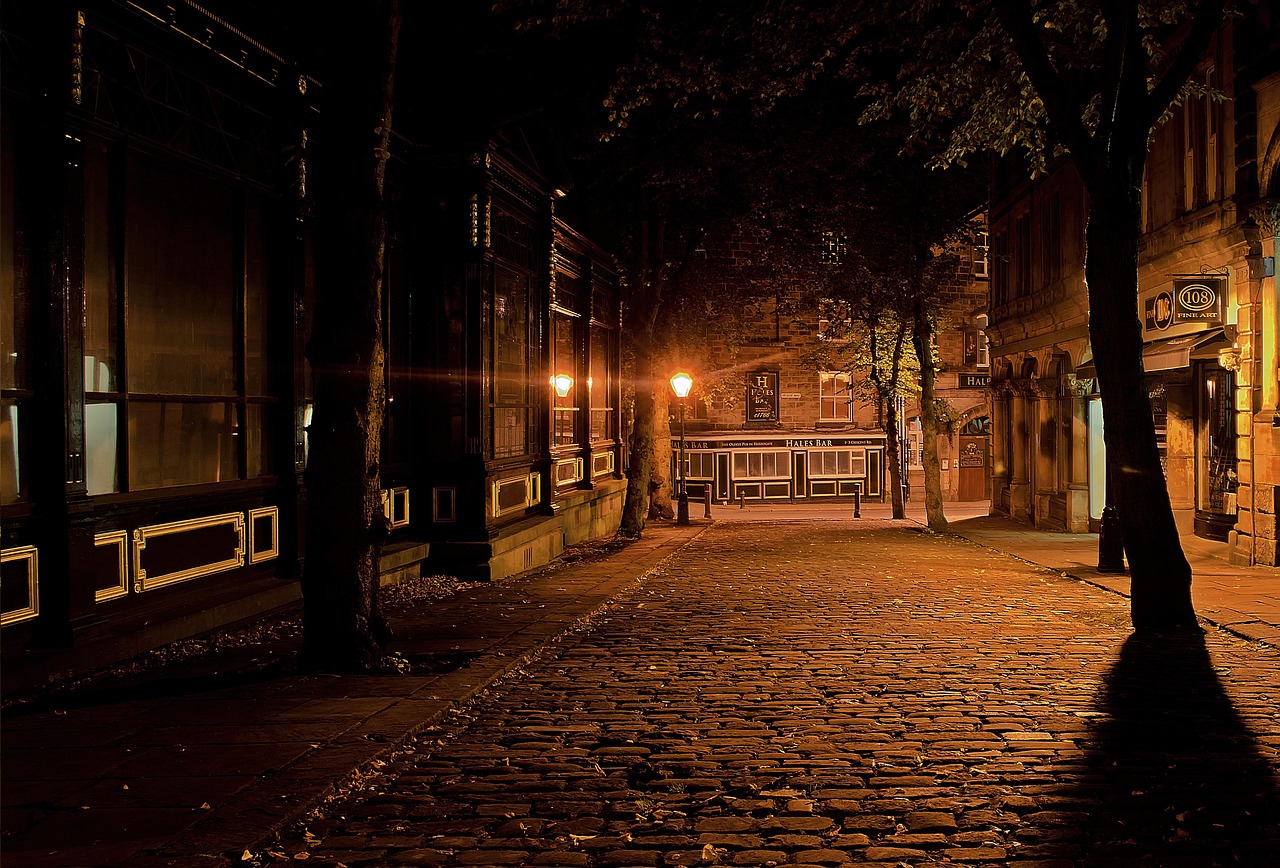NFT-Licensed Street Photography: Navigating the Intersection of Art, Technology, and Ownership

In recent years, the world of digital art has been significantly transformed by the advent of Non-Fungible Tokens (NFTs), a blockchain-based innovation that has redefined concepts of ownership and value in the digital realm. Among the various genres of art being influenced by this technology, street photography stands out as an area where NFTs are beginning to leave a profound impact.
Street photography, known for capturing candid moments in public spaces, presents unique challenges and opportunities when it intersects with NFT technology. This article explores the implications of NFT licensing for street photography, providing insights into how photographers, collectors, and the wider art community are engaging with this digital evolution.
Understanding NFTs and Their Relevance to Photography
NFTs are unique digital tokens that represent ownership of a specific asset, often a piece of digital art. Unlike cryptocurrencies such as Bitcoin or Ethereum, NFTs are not interchangeable due to their distinct properties. Each NFT has a unique identifier linked to a specific digital file, ensuring that it remains one-of-a-kind.
In the context of photography, NFTs provide a means to verify and monetize digital images. This is particularly relevant for street photographers, who often grapple with issues of copyright infringement and unauthorized use of their work. By minting a photograph as an NFT, photographers can establish a clear chain of ownership and set terms for its use and distribution.
The Global Context: NFT Market and Street Photography
The NFT market has experienced exponential growth, with sales reaching billions of dollars globally. This burgeoning market presents both an opportunity and a challenge for street photographers seeking to monetize their work. The decentralized nature of blockchain technology allows photographers from around the world to access a global marketplace, bypassing traditional gatekeepers of the art world, such as galleries and auction houses.
However, the adoption of NFTs in street photography is not without controversy. Critics argue that the speculative nature of the NFT market can overshadow the artistic value of photography. Furthermore, the environmental impact of blockchain technology, particularly energy-intensive proof-of-work systems, has raised concerns among environmentally conscious artists and collectors.
Legal and Ethical Considerations
NFT licensing introduces new legal dimensions to street photography. Street photographers must navigate complex issues related to privacy and consent, especially when images include identifiable individuals. In many jurisdictions, photographers are required to obtain model releases to legally sell images depicting people, even in public spaces.
Moreover, the immutable nature of blockchain records means that once an NFT is minted, it cannot be altered. This permanence requires photographers to be diligent in ensuring that all legal and ethical considerations are addressed prior to minting their work as NFTs.
The Role of NFT Marketplaces
Several NFT marketplaces have emerged as key platforms for photographers to mint and sell their work. Platforms like OpenSea, Foundation, and Rarible provide user-friendly interfaces for artists to create, list, and sell NFTs. These platforms also offer various licensing options, allowing photographers to specify terms of use and reproduction rights.
- OpenSea: As one of the largest NFT marketplaces, OpenSea offers a wide range of digital assets, including street photography. Its decentralized platform allows photographers to maintain control over their work.
- Foundation: Known for its curated approach, Foundation enables artists to auction their work, fostering a community-focused environment for photographers and collectors.
- Rarible: Rarible empowers artists by allowing them to create and sell NFTs with customizable license agreements, providing flexibility in how their work is used and shared.
Conclusion
NFT-licensed street photography represents a dynamic intersection of art and technology, offering photographers innovative ways to authenticate and monetize their work. While the NFT market presents exciting opportunities, it also demands careful consideration of legal, ethical, and environmental factors. As the digital art landscape continues to evolve, street photographers must remain informed and adaptable to navigate this rapidly changing terrain effectively.
For tech-literate professionals in the art and technology sectors, understanding the implications of NFTs in street photography is essential for engaging with the future of digital art. By leveraging NFT technology responsibly, street photographers can continue to capture and share the vibrant, spontaneous moments that define urban life, ensuring their work endures in the digital age.














